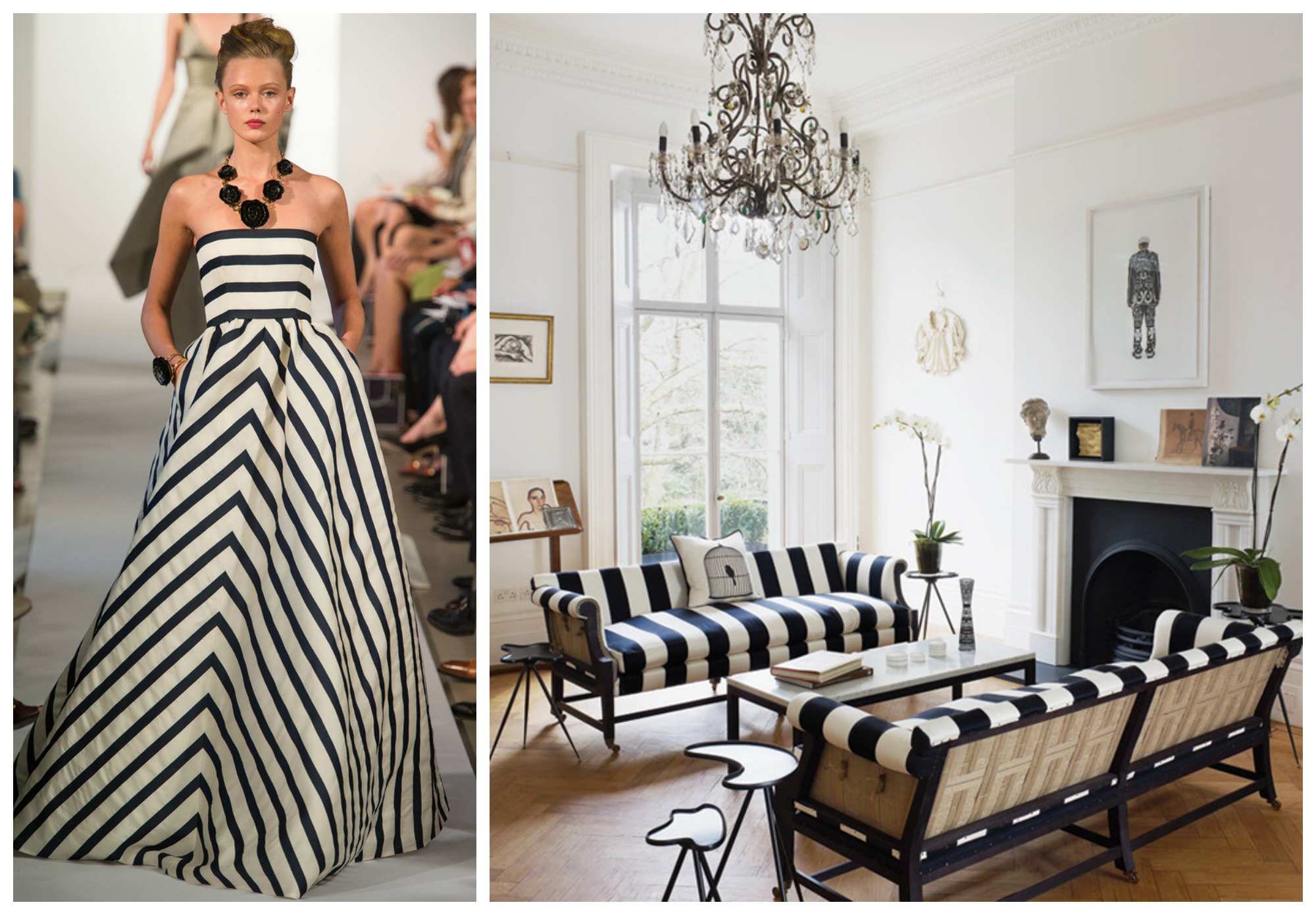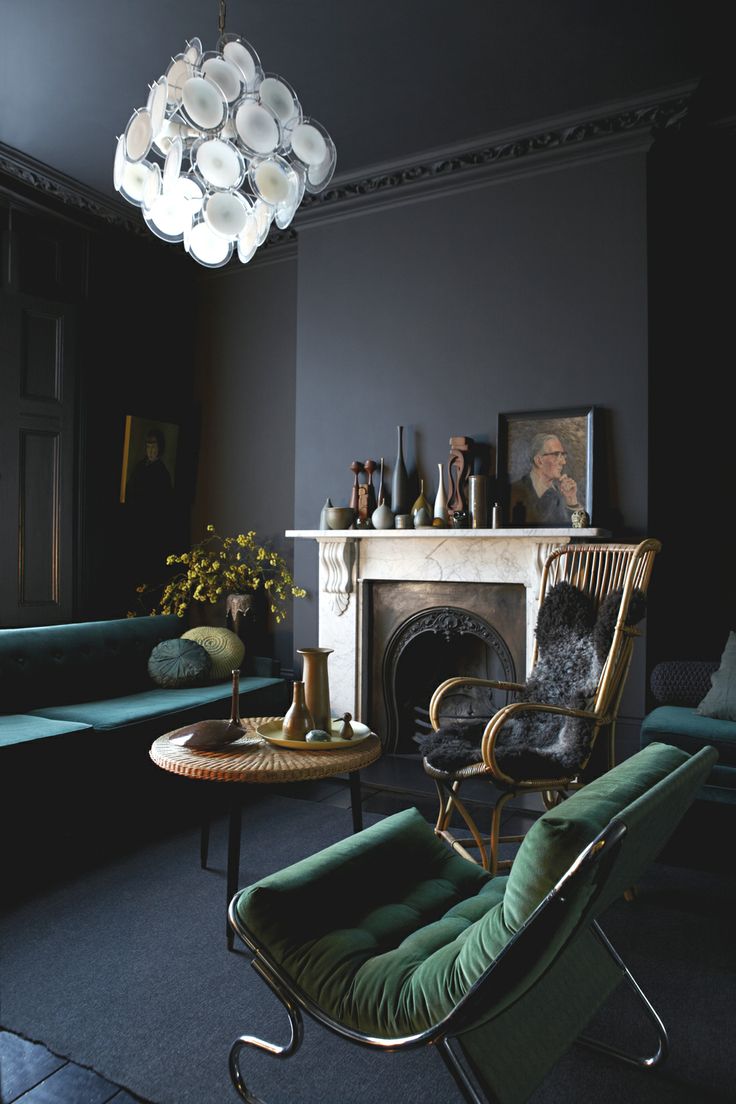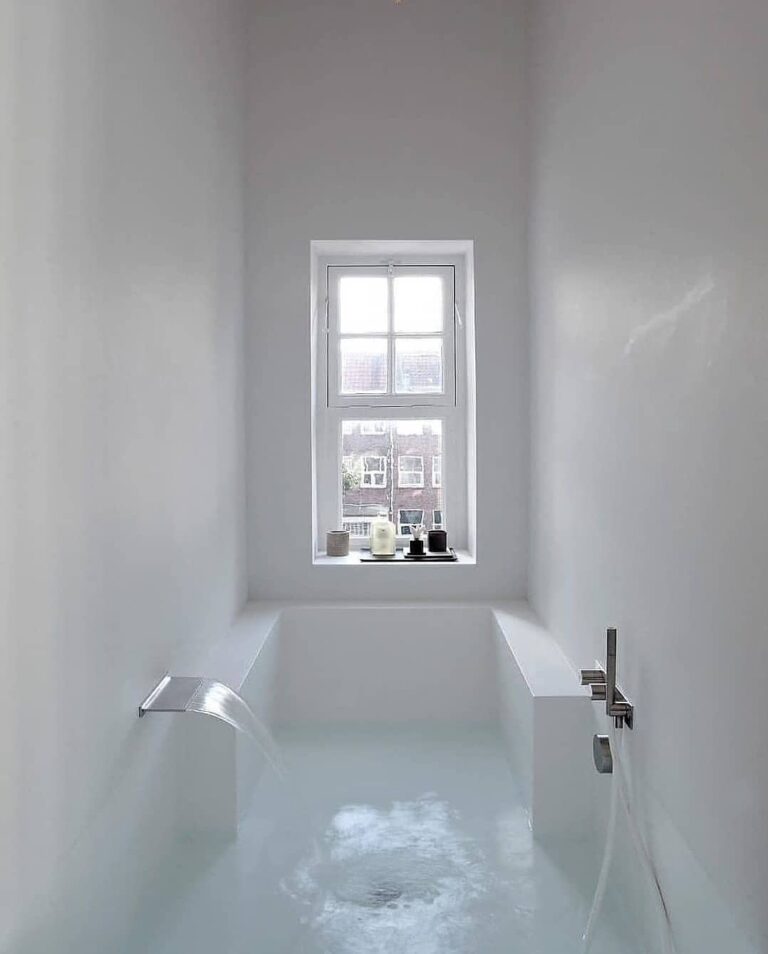Harmony in Interior Design: The Art of Creating Balanced Spaces
Creating a harmonious interior design is the art of balancing elements to create a cohesive and visually pleasing space. It involves careful consideration of color, texture, scale, and proportion to ensure that every element works together seamlessly.
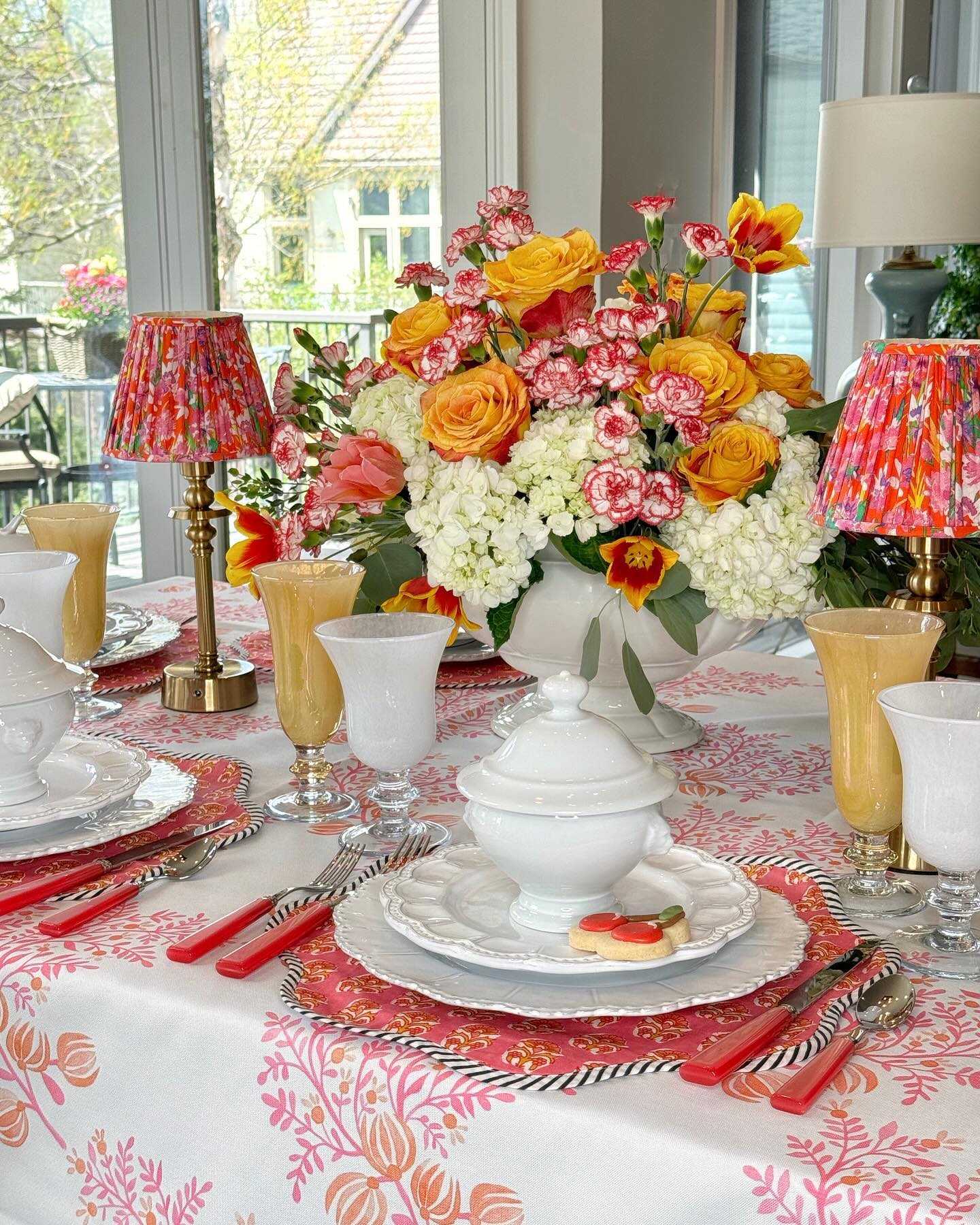
What is harmony in Interior Design and why it matters?
Harmony in interior design refers to the balance and unity created by combining various elements in a space. It matters because a harmonious design can create a sense of comfort, beauty, and overall well-being in a space. When elements are carefully selected and arranged to work together seamlessly, it can have a positive impact on our mood and emotions. Harmony in interior design is important because it helps to create a space that feels cohesive, inviting, and visually pleasing. It allows for a sense of order and balance, making a space feel comfortable and relaxing. Ultimately, harmony in interior design creates a space that is not only beautiful but also functional and enjoyable to be in.
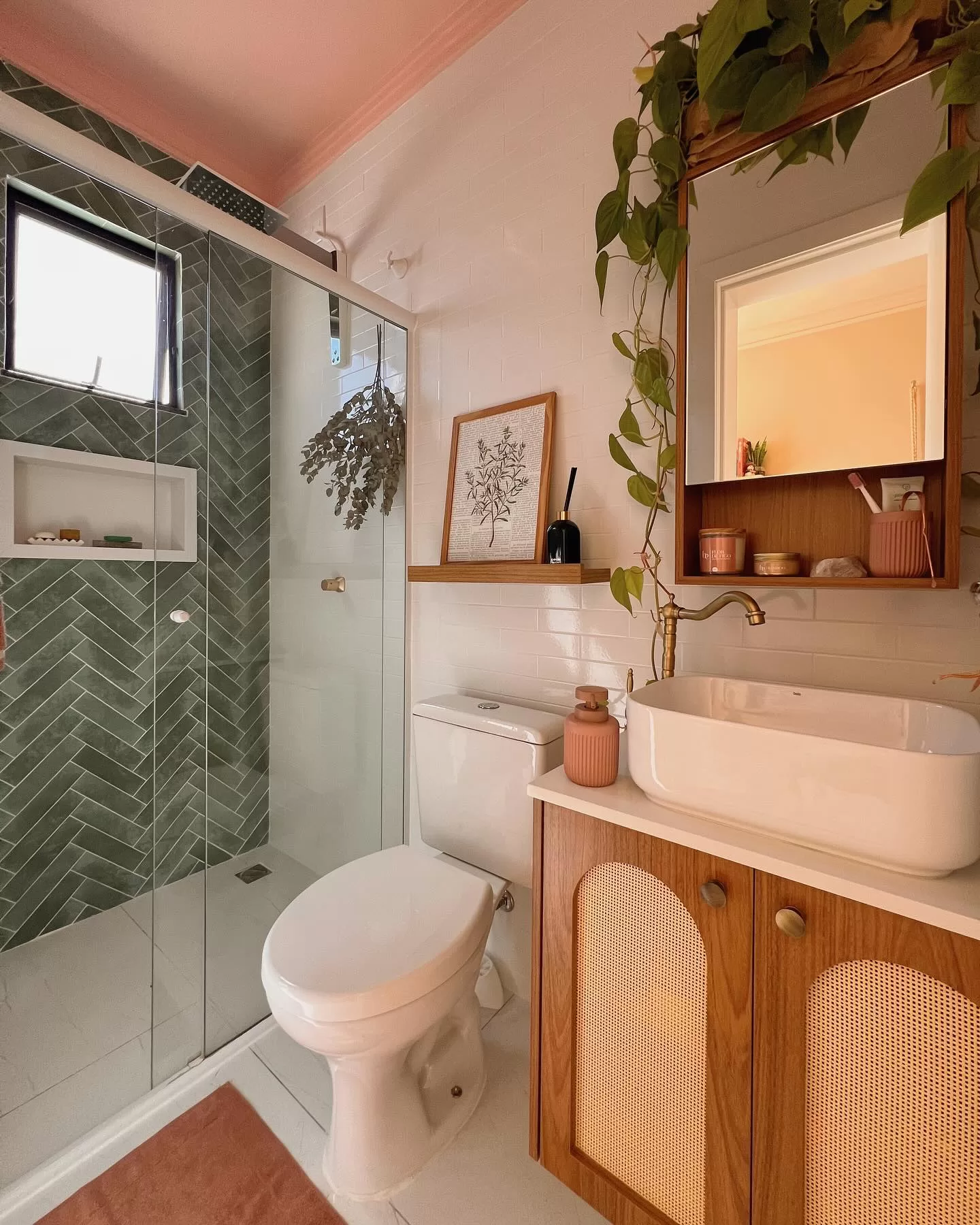
The principles of Harmony In Interior Design
One of the key principles of achieving harmony in interior design is through the use of a cohesive color palette. By selecting colors that work well together, such as complementary or analogous colors, you can create a sense of unity throughout the space. This can be achieved through paint, furniture, decor, and accessories.
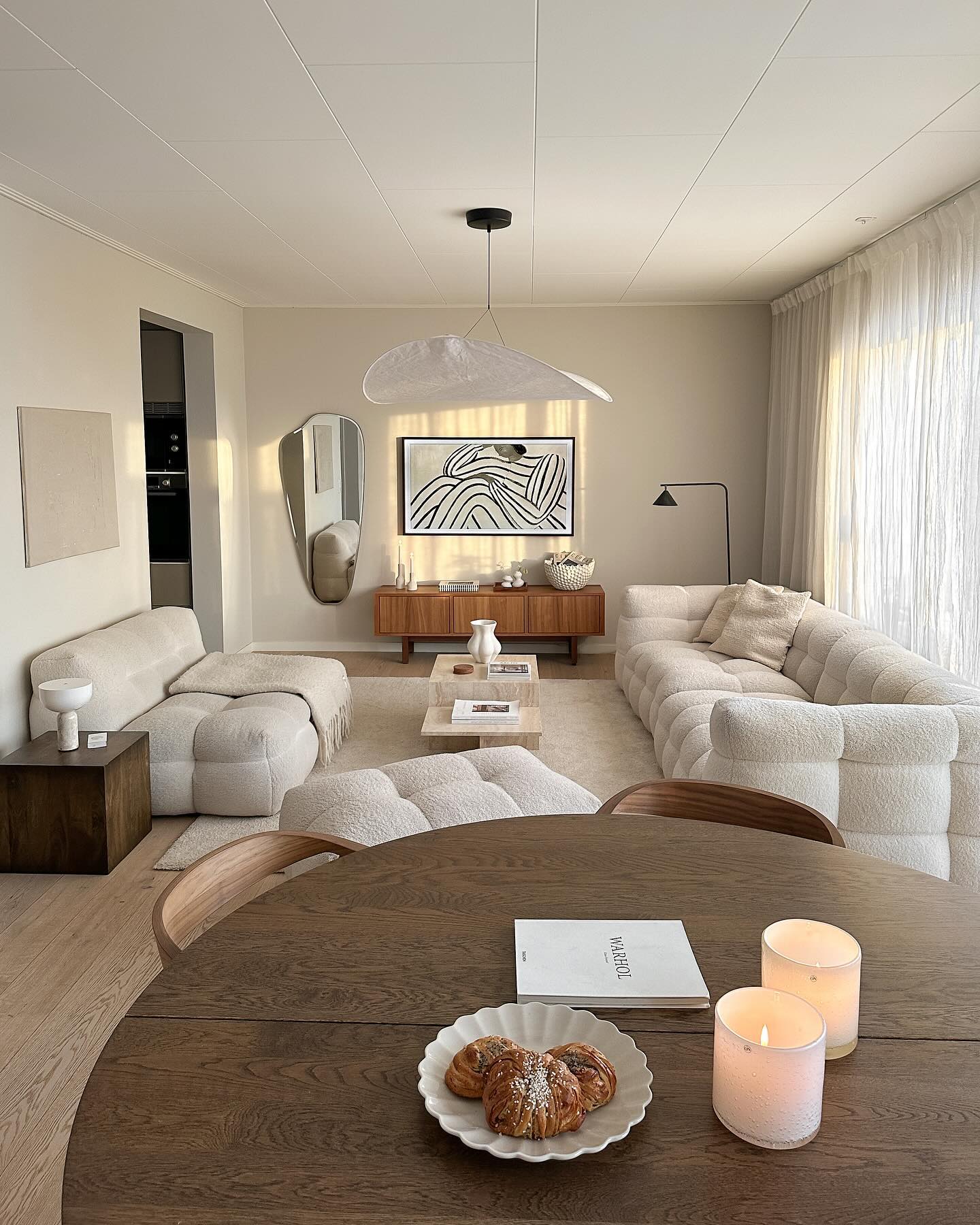
Another important aspect of creating harmony in interior design is through the use of texture. Mixing different textures, such as smooth fabrics, rough wood, and shiny metals, can add depth and interest to a space. By incorporating a variety of textures, you can create a balanced and inviting environment.
Scale and proportion are also essential components of creating harmony in interior design. It is important to consider the size of furniture and decor in relation to the size of the room to ensure that everything fits properly and maintains a sense of balance. Properly scaled furniture and decor can help to create a comfortable and visually appealing space. When selecting furniture to complement these design principles, you might consider options like those available if you buy sofa couch at Castlery.
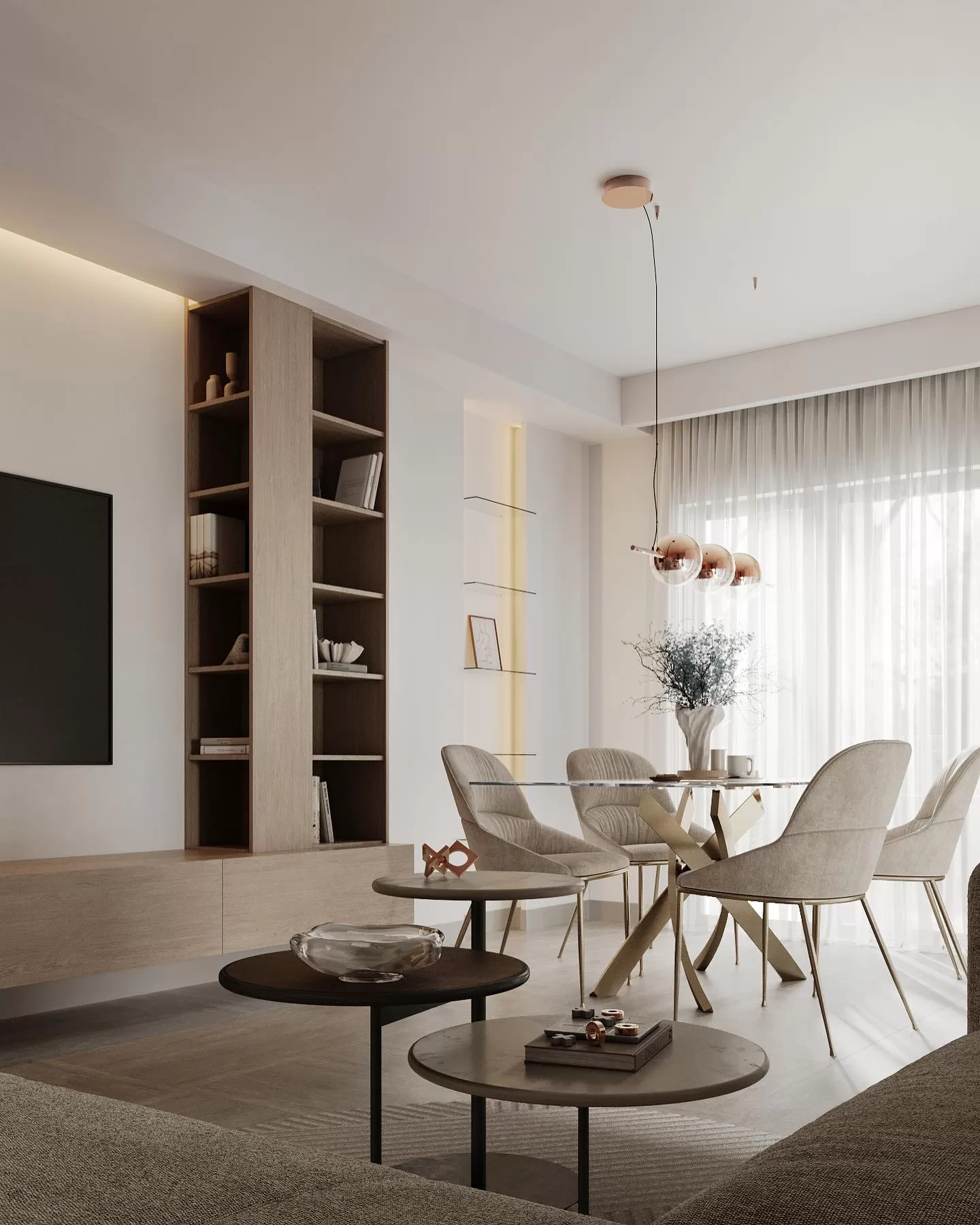
In addition to color, texture, scale, and proportion, it is important to consider the overall style and theme of a space when creating harmony in interior design. By selecting furniture, decor, and accessories that reflect a consistent style, you can create a cohesive and unified look throughout the space.
Ultimately, the key to achieving harmony in interior design is through thoughtful planning and attention to detail. By carefully considering color, texture, scale, proportion, and style, you can create a space that feels balanced, inviting, and harmonious. Whether you prefer a minimalist, modern, or traditional style, incorporating these elements will help you create a space that is harmonious and visually appealing.
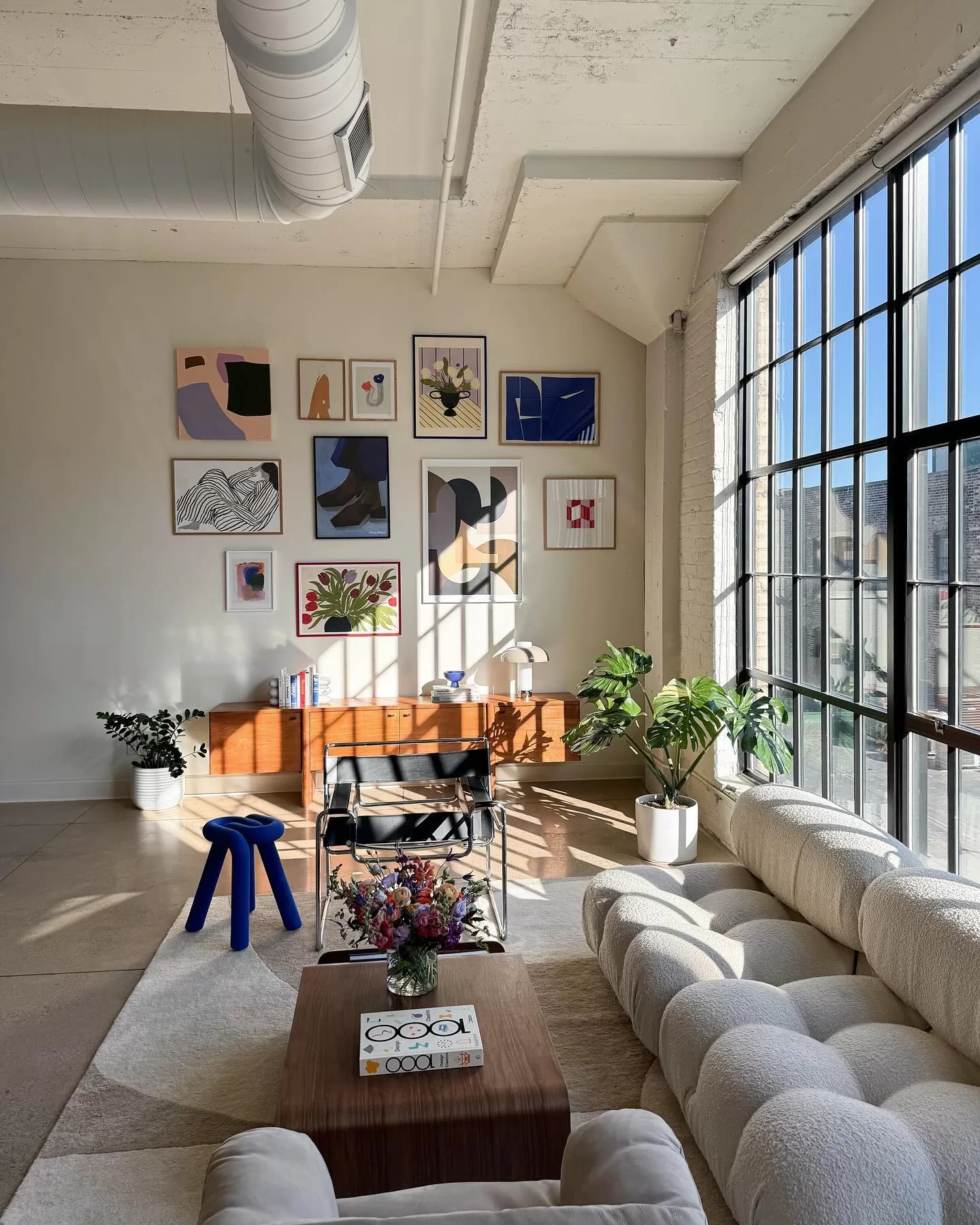
A list of elements to reach harmony in Interior Design
1. Cohesive color palette
2. Mix of different textures
3. Proper scale and proportion
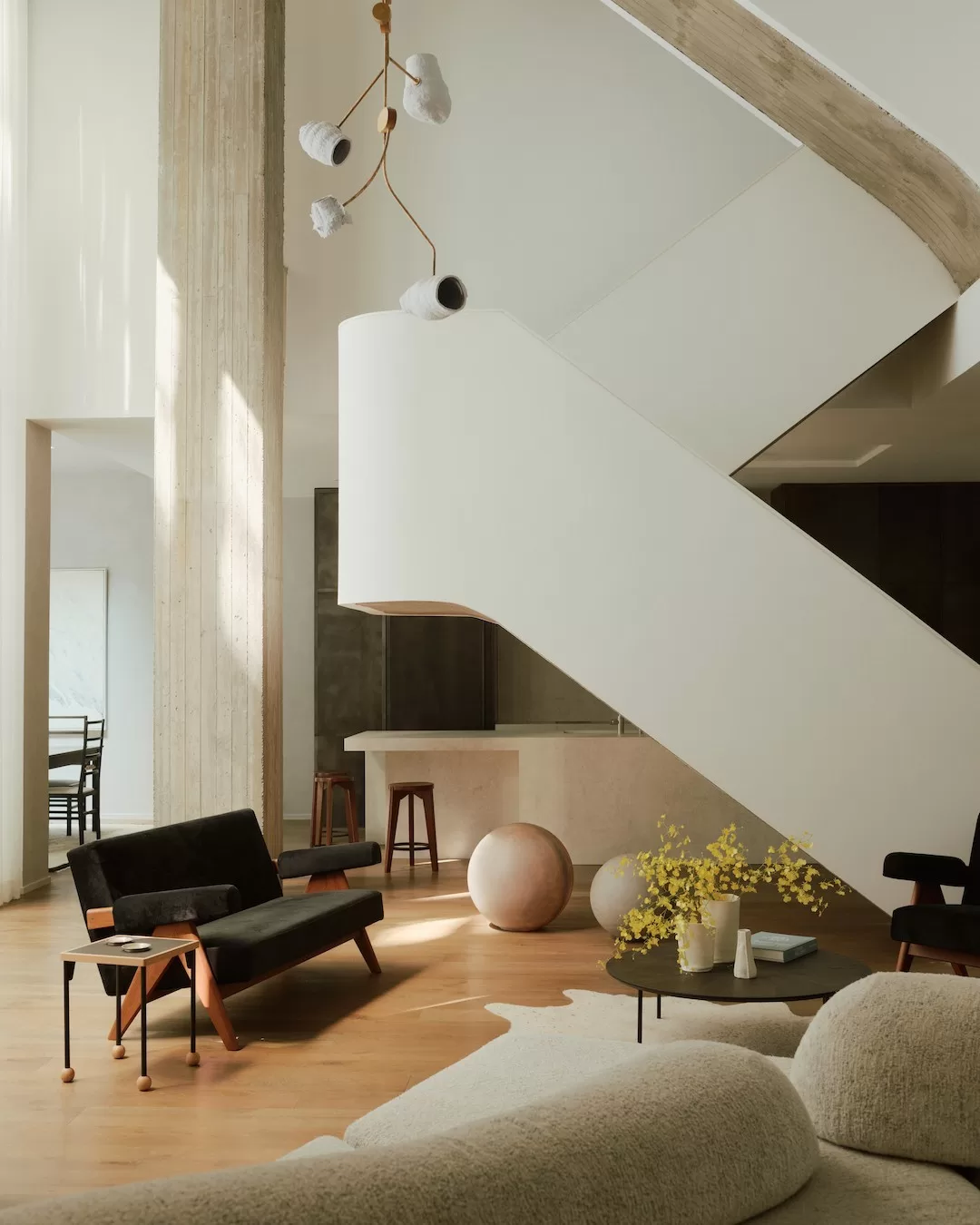
4. Consistent style and theme
5. Thoughtful planning and attention to detail

